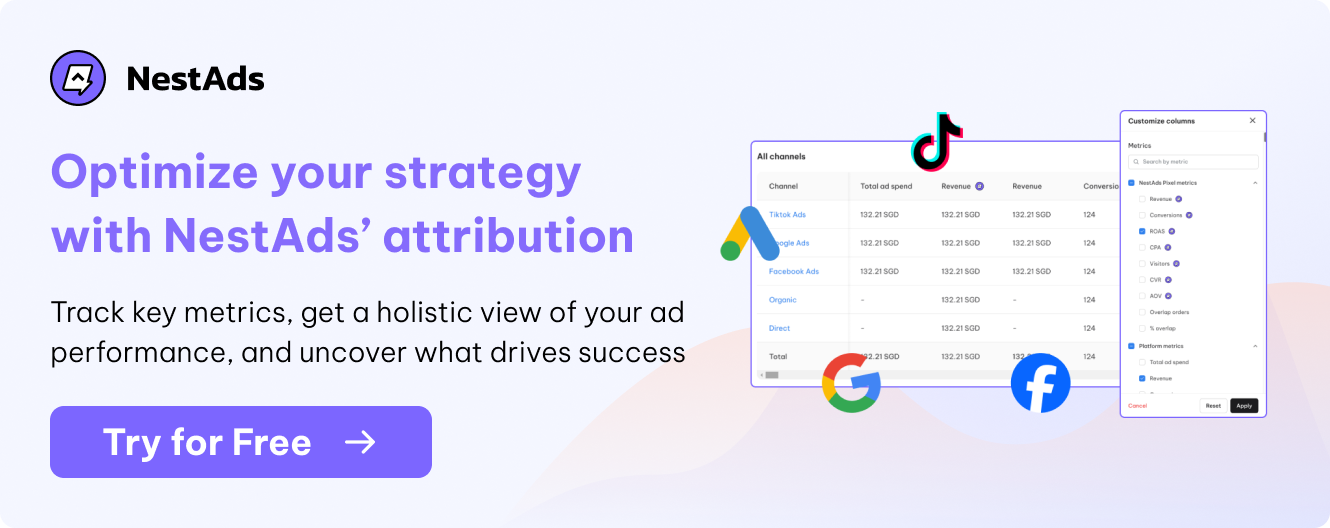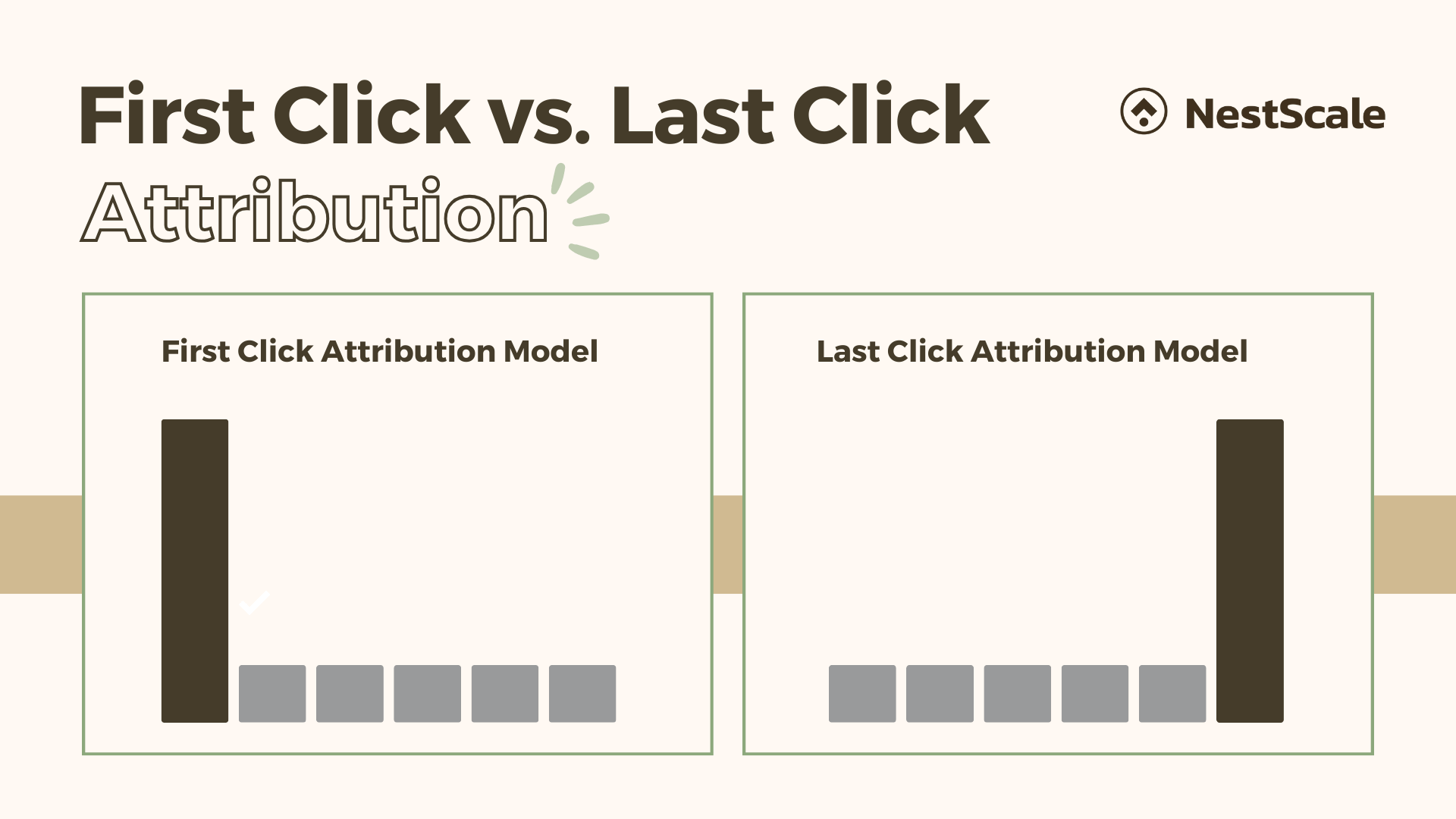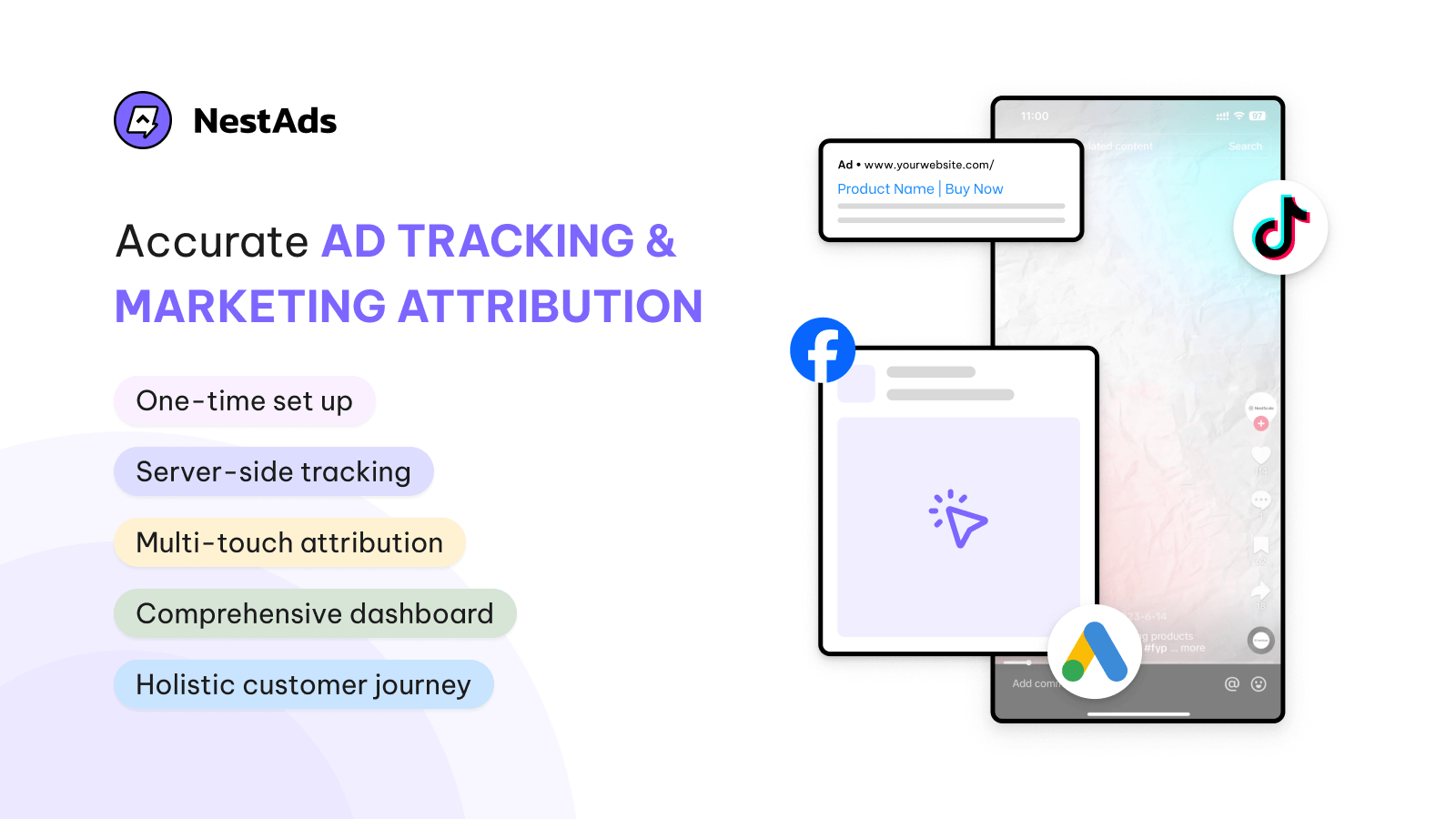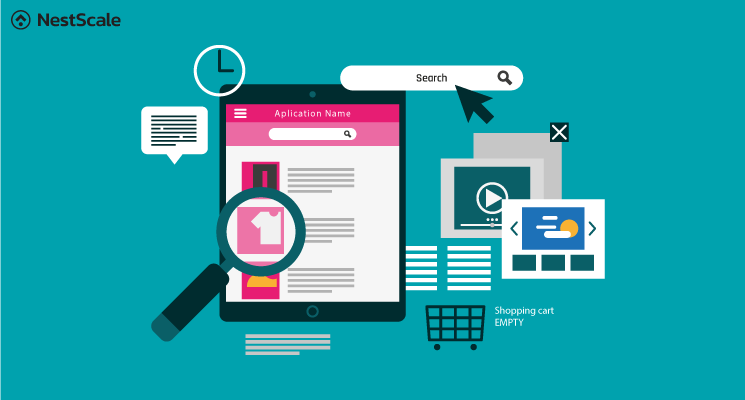Welcome, readers, to a topic that’s increasingly making waves in the world of marketing: First Click Attribution. It might sound a bit technical, but don’t let that intimidate you.
In this blog, we’ll demystify it step by step, starting with the basics: what it is and why it should be on your radar. We’ll also explore its advantages, and drawbacks, and even compare it to the familiar Last Click Attribution. By the end of this read, you’ll have a clear picture of whether First Click Attribution is the missing piece in your marketing puzzle. So, let’s dive in and get to the heart of the matter.
What is First Click Attribution?
First Click Attribution is a marketing attribution model that attributes the entire credit for a conversion to the first touchpoint a customer interacts with in their journey. This touchpoint could be a click on an ad, an email, or any other initial interaction with your brand. It operates on the premise that the first interaction sets the stage for the entire customer journey.

What are the pros and cons of First Click Attribution?
| Advantages | Disadvantages |
| Simplicity: First-click attribution is like a simple map showing the first step that brought a customer to your business. It’s easy to understand and use—no complicated math or deep data skills needed. | Oversimplification of the customer journey: It may not consider the influence of subsequent touchpoints and might not accurately reflect the customer’s decision-making process. |
| Focus on initial discovery: It’s perfect for tracking top-of-the-funnel customer journey that helps you understand where customers first heard about you, allowing you to tailor your marketing efforts more effectively. | Potential neglect of last touchpoints: First-click attribution gives all credit to the initial touchpoint, potentially overlooking the impact of later interactions that are crucial to conversion |
| Cost-efficiency insights: First-click attribution offers insights into which marketing channels generate leads most cost-effectively, helping you optimize your budget for better returns. | Not for complex stuff: For complex customer journeys, like in industries with long decision cycles, first-click attribution provides only a partial view, missing key interactions along the way. |

Which is better: First Click or Last Click Attribution?
Choosing First Click or Last Click Attribution is like choosing the best way to measure your marketing success. It depends on what you want to achieve and how complicated your customers’ buying journeys are.

First-click attribution: The starting point
First-click attribution is ideal for understanding how users first discover your brand and is popular for brand awareness campaigns on platforms like Facebook, Instagram, and through content marketing. It is particularly useful for campaigns focused on generating initial interest or launching new products, as it helps identify which channels are most effective in introducing products to potential customers
Last-click attribution: The finishing point
On the other hand, last-click attribution is best for identifying the final touchpoint before conversion and is commonly used in e-commerce and direct sales environments, such as Google Ads and email marketing. It is effective for tracking immediate sales and understanding which ads or promotions drive conversions, especially in scenarios with short sales cycles where purchases are made quickly after the first interaction.
If your goal is to increase brand awareness, first-click attribution can help you understand which channels are best at attracting new users. If you want to measure immediate results and see which channels directly contribute to conversions, last-click attribution is more suitable.
For a more comprehensive view of the customer journey, consider using a multi-touch attribution model that incorporates elements of both first-click and last-click.
Boost your marketing efforts with the right attribution model today!
No matter which marketing attribution model you choose, it’s important to use a tool that is straightforward but still has all the features you need for deep analysis. It should give you a clear overall picture but also allow you to zoom in for detailed insights whenever necessary.
Meet NestAds—our specialized marketing attribution tool designed for e-commerce. NestAds offers its unique NestAds attribution model, enabling you to track your marketing activities accurately and get a thorough understanding of your customer journey. Start cutting down on wasted ad spend and enhancing your ad performance with NestAds!
Ready to take your marketing to the next level?

FAQs – What you may want to know more
What is an example of a first-click attribution model?
For example, imagine a user sees a Facebook ad for a new pair of shoes. They click on the ad and visit the website but don’t buy anything right away. Later, they receive an email with a discount offer and decide to purchase the shoes.
In this case, the first-click attribution model would give full credit for the sale to that initial Facebook ad, even though the email played a role in their decision to buy.
When should first-click be used?
The first-click attribution model is particularly useful for brand awareness campaigns, as it highlights which channels are driving initial interactions and generating interest. It’s also valuable for new product launches, helping to identify the channels that create the first touchpoints and guiding future marketing strategies.
In industries with long sales cycles, first-click attribution provides insights into how prospects first discover your brand. Additionally, it is effective for evaluating top-of-funnel strategies, such as social media ads or content marketing, that aim to attract new users.
How to know if the first-click attribution model is not suitable?
First-click attribution may not be suitable for complex customer journeys where multiple touchpoints influence the conversion, as it oversimplifies the journey and undervalues subsequent interactions.
In highly competitive markets, this model can overlook the impact of later touchpoints that are crucial in decision-making. For sales-focused campaigns aiming for immediate conversions, models like last-click or multi-touch attribution are more appropriate.
Similarly, in cases of short sales cycles where purchase decisions are made quickly, first-click attribution may fail to capture the key interactions that drive conversions.




















































